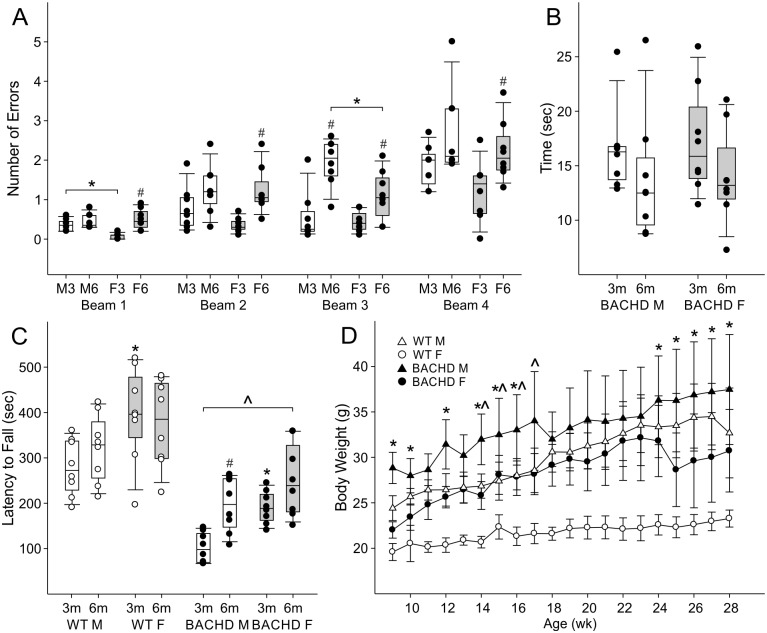Fig 4. BACHD mouse sex differences in motor coordination and body weight.
(A-C) Box plots represent first and third quartile (box), group medians (middle line) and data range (whiskers), of male (white boxes) and female (grey boxes) mice, with individual data points superimposed. (A) BACHD mouse step errors on progressively narrowing challenging beams (Beams 1–4) for males at 3 months (M3) and 6 months (M6), as well as females at 3 months (F3) and 6 months (F6). Two-Way ANOVA identified main effects of sex and age on step errors. Significant sex differences within age (*) and/or significant age differences within sex (#) for each beam were identified post-hoc, using Holm-Sidak method for multiple pairwise comparisons, with P < 0.05. (B) Time to traverse all 4 challenging beams. (C) Rotorod latency to fall for WT (white dots) and BACHD (black dots) mice. Three-Way ANOVA identified main effects of genotype, and interactions of sex, age, and genotype on latency to fall. Significant genotypic differences within age and sex (^), sex differences within genotype and age (*), and significant age differences within sex and genotype (#), on latency to fall were identified post-hoc, using Two-Tailed T-Tests, with P < 0.05. (D) Body weight of WT and BACHD mice. Three-Way ANOVA identified main effects of genotype, sex, and age as well as the interaction of genotype and sex as well as sex and age (Table 4) on body weight. Post-hoc pairwise comparisons using Holm-Sidak method identified that at all age points, WT females weighed less than WT males and BACHD females, as well as ages significant differences in weight were detected between BACHD male and female mice (*P < 0.05), or BACHD male and WT male mice (^P < 0.05). Points represent mean, and error bars 95% CI.

